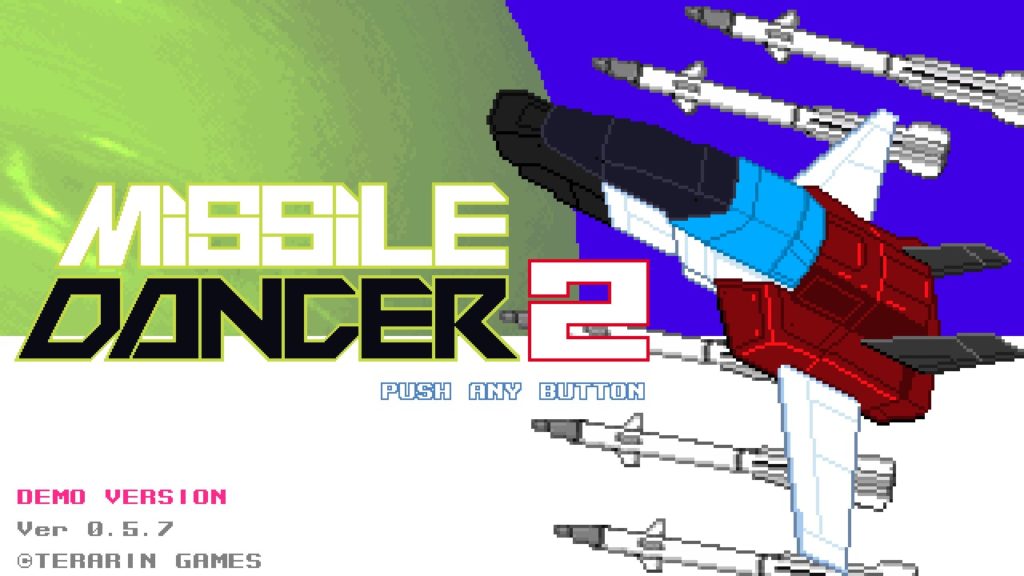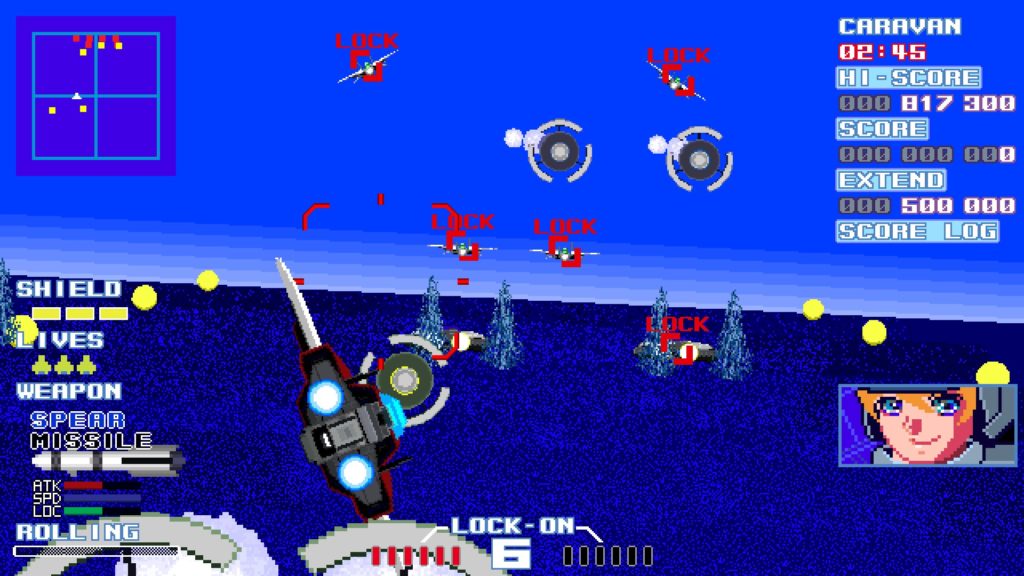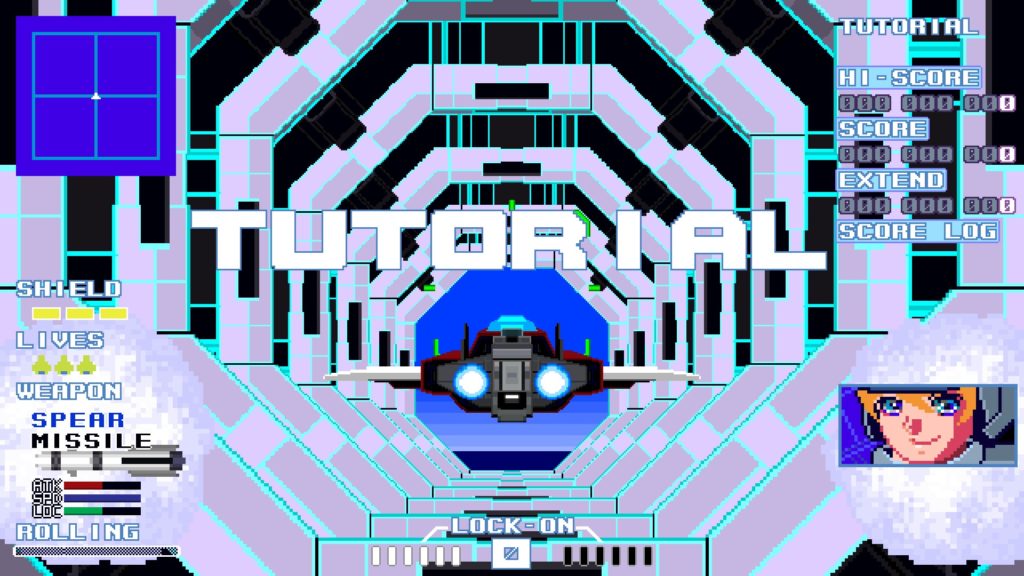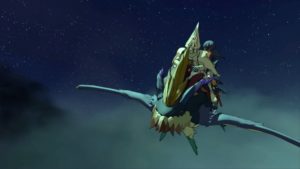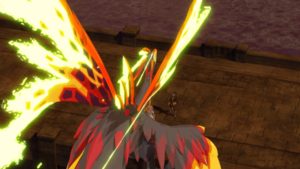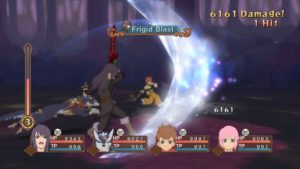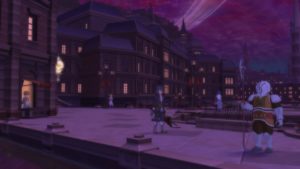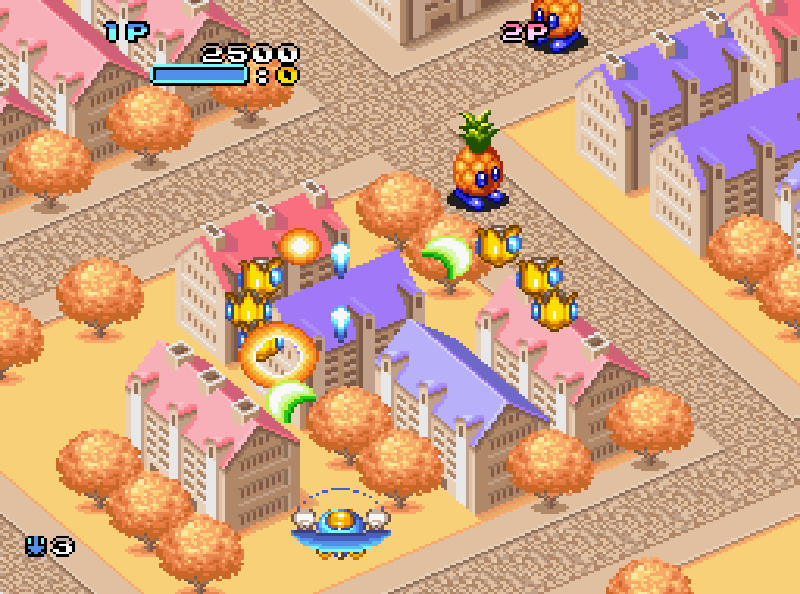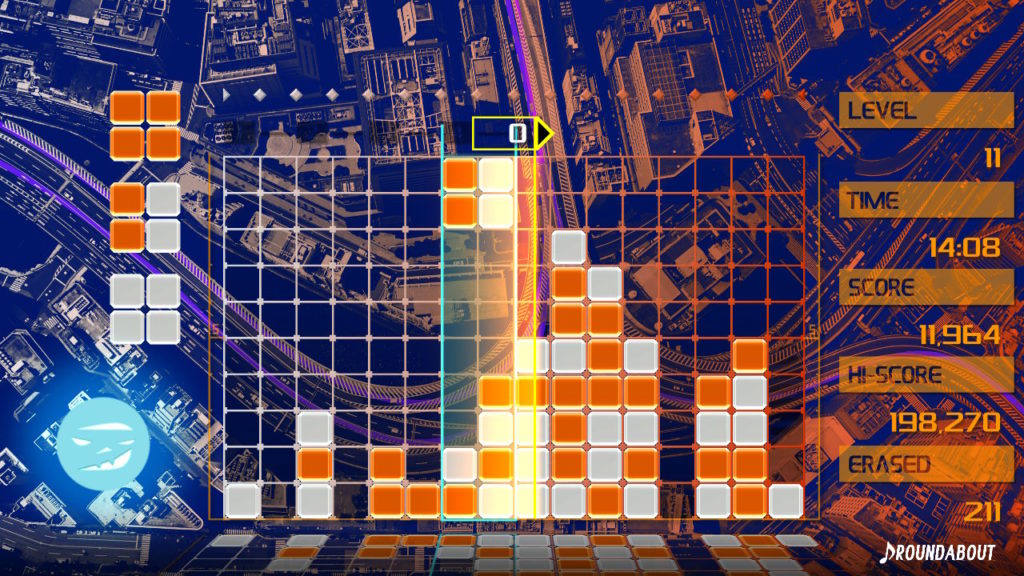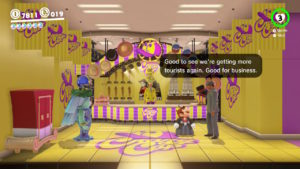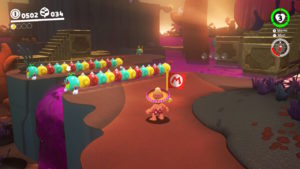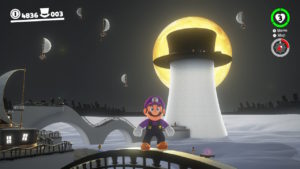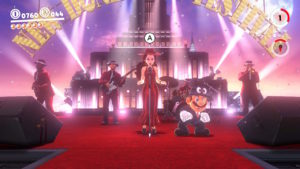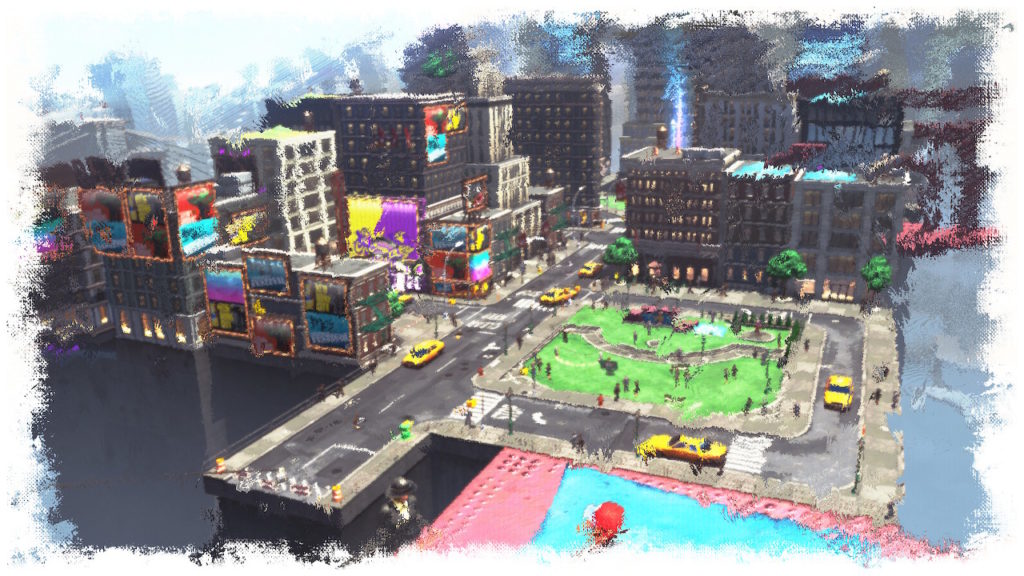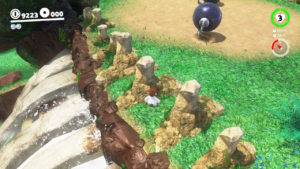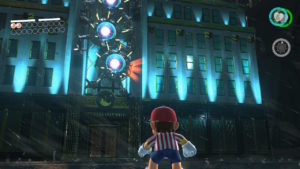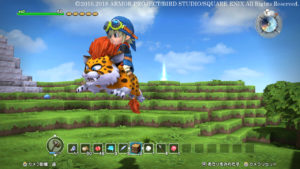Top Five Super Mario Games
Mario has been jumping on heads, climbing down pipes and launching systems for several decades. The moustachioed plumber has been around since 1981. Beginning his career by taking on the mighty Donkey Kong, Mario soon turned his attentions to defeating the plans of the evil Bowser, but has appeared in over 200 games over the years.
We’ve sifted through the many adventures and picked out the best, our favourites in one of the top series in gaming, so here are our top five super Mario games.
Our list features the main entries in the series, maybe we’ll look at the spin offs another time.
Mario 64
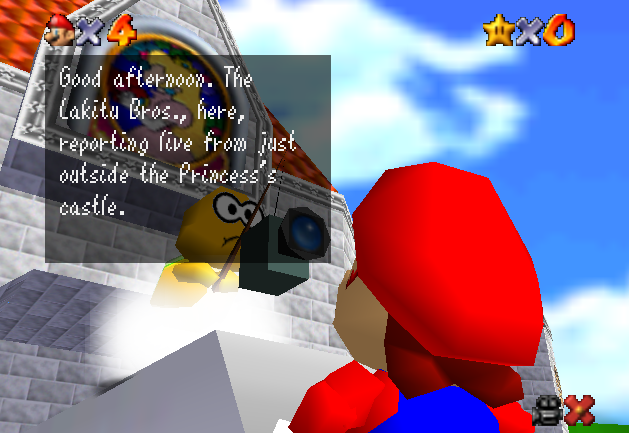
As one of the Nintendo 64 console’s only two launch titles, Super Mario 64 had the double tasks of selling a new system, as well as making the platform formula work in 3D. It wasn’t the first 3D platform game, but was such a successful translation of Mario’s formula that it showed beyond any doubt how well 3D could work and was arguably the best game of its generation.
Set in Peach’s castle, the game’s setting is a puzzle in itself. Cleverly, levels are accessed by jumping into paintings on the castle walls, with stars acquired in the levels opening up new areas and giving you access to more of the game. Of course, there are secrets galore, and plenty to do after Bowser has been defeated.
The first 3D Mario game set the format for those that follow. Finishing the regular game is fairly straightforward, an easy challenge for the kids, but finding all the stars is a daunting mission that will test older players to the limit.
As well as being a great game in its own right, Mario 64 was an early benchmark that showed how well 2D games could work in 3D. N64 games had a more solid feel to their Playstation and Saturn competitors and seeing Mario’s cartoon world rendered in solid 3D felt spectacular. It’s difficult to imaging looking at it now, but this game was a technical marvel on release and had many a Playstation owner casting an envious glance at Nintendo’s new machine.
If Mario 64 hadn’t been a hit, the series may have petered out, but Mario nailed 3D on his first try and is still going strong over twenty years later.
Format: Nintendo 64
Year: 1996
Best place to play now: A Switch remake is on the way. Until then, Super Mario Odyssey has some interesting secrets to find.
Super Mario Galaxy 2
Super Mario Galaxy 2 was the second Mario game on the Wii and, as its name suggests, sees you gallivanting about the stars, in a spaceship. Levels are made up of spherical planets, which you can run round and jump between, leading to some fabulously original level design and allowing Nintendo’s designers to go crazy.
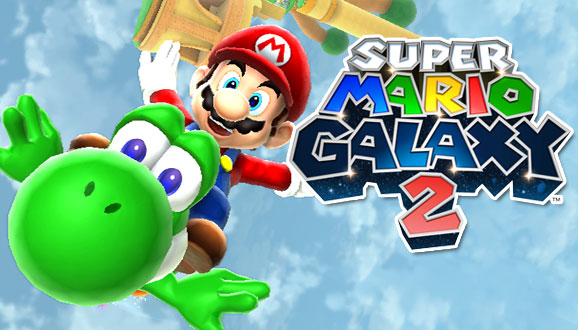
We weren’t the biggest fans of the first Super Mario Galaxy, finding it meandered a bit. That might be down to playing it in Japanese before we’d learned the language, but we also found it unbalanced, with long easy stretches broken up by sudden difficulty spikes.
The second Super Mario Galaxy game was a triumphant return to form, however. Nintendo’s endless ability to innovate sees them introducing ideas faster than you’d think possible in a series with this much history, it’s designers always coming up with a new twist or way to make the game interesting.
Though finishing the game isn’t too difficult, its later secret levels include some fearsome challenges, and the final one is the hardest we’ve encountered in a Mario Game.
This game also makes use of the Wii’s motion controls, letting you fire collectable star bits at the screen. What really makes the game though is its sense of fun and ability to continually throw different things at you without feeling gimmicky or dull. It is one of the most consistent games in terms of quality, despite its variety.
Format: Wii
Year: 2010
Best place to play now: A Wii or Wii U
Super Mario Odyssey
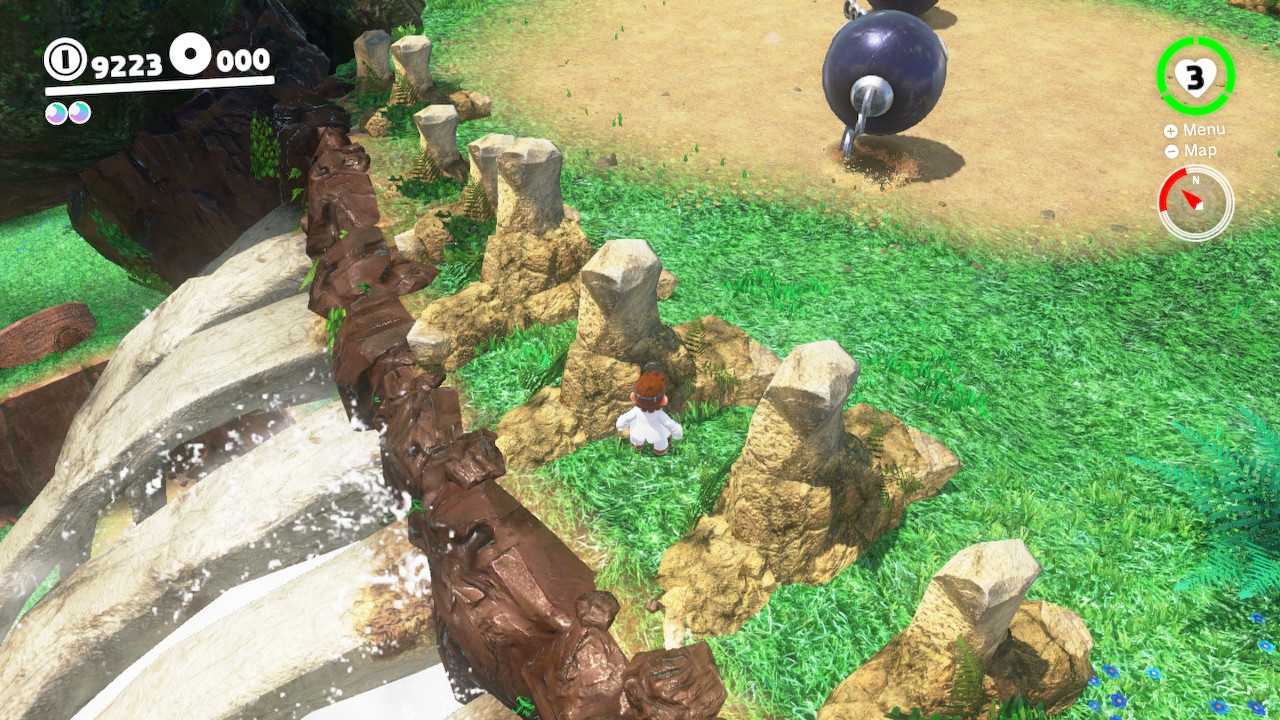
Super Mario Odyssey is the most recent entry in the main Super Mario series, and it’s a cracker. It feels like a more modern game than its Wii predecessors, with its huge levels full of things to find and do.
It is also a return to form after the Wii U’s Super Mario 3D World, which felt enjoyable but had a by the numbers feel to it at times.
It successfully introduces online features, with Luigi’s balloon popping game, speed runs against Koopas and leaderboards for in-game challenges fitting in seamlessly with the rest of the game.
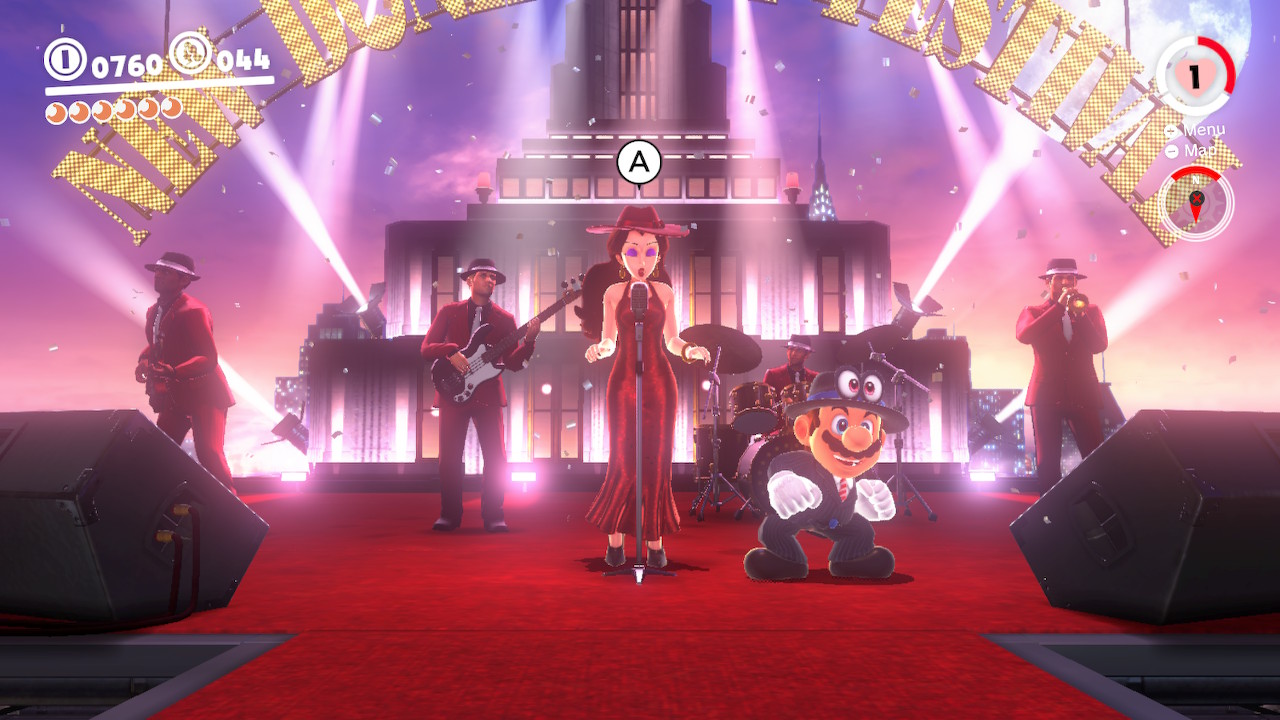
It is also a game that knows its history, with nods throughout to Mario’s former incarnations, particularly the first NES outing and Mario 64. Series veterans will find plenty to smile at, but the game is welcoming to newcomers, with its many challenges offering plenty for players of all levels to enjoy.
With its marriage of old and new it feels almost like the quintessential Mario game and the question we have to ask is where can the series go next after such a celebration of everything in its history?
We should get an answer to that soon as a rumour has it a new game is on the way, though it may not be out for a while.
Format: Switch
Year: 2017
Best place to play now: Switch
Super Mario World

Super Mario World is the first 16-bit incarnation of Mario and the shift to the Super Famicom saw a leap in graphical quality, booming bass sound, and, crucially, the ability to save your progress.
That meant the game could be bigger and more packed with secrets than ever and Mario World was the first to introduce the idea that the game was only really complete when you had discovered every level hidden on its map, a challenge achieved long after consigning Bowser to the dust.
It also developed many of Mario 3’s ideas, with a minigame to play if you collect stars at the end of each level, as well as our favourite ever power up, the cape feather, which turns you into a super hero and lets you fly to the top of the screen, where of course plenty of secrets are hidden.
There are the mysterious ghost houses, that make you think carefully about how to get through them, along with the bosses, who take advantage of the Super Famicom’s mode-7 effects, which were hugely spectacular at the time.
If you’re signed up to Nintendo’s online service for Switch, you can find Super Mario World included on the Super Famicom app, along with many other classics. The game is also included on the SNES mini, along with its sequel, Yoshi’s Island.
Format: Super Famicom / SNES
Year: 1990
Best place to play now: Switch Super Famicom app. SNES Mini.
Super Mario Land
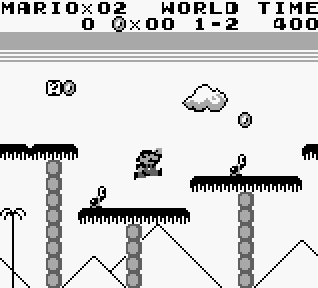
The latest Mario games have hardly stagnated, but they all stick closely to series tropes. Going back to revisit Mario on the gameboy and it is surprising just how weird the game can be.
The Gameboy version of Mario has aged a little, but is still worth playing. It is good, but doesn’t outstay its welcome. It’s one of the shortest games in the series.
Mario Land, along with Tetris really helped put games back at the heart of popular culture, after the 8-bit days. It even spawned a hip-hop track in the UK and its sound effects and music are some of the most iconic in gaming, perhaps because a generation of schoolkids grew up hearing them in the classroom whenever the teachers were out of earshot.
Format: GameBoy
Year: 1989
Best place to play now: Nintendo 3DS
Near Misses
The Mario series is unique in that it has gone on for over 30 years without ever having a bad entry. The closest thing to a low point would be Mario 2, originally a conversion of a completely different game, but even that isn’t exactly a bad game, though it hasn’t aged well. Super Mario Sunshine wasn’t particularly well received but is a good game in hindsight and took flak for not being as ground breaking as Mario 64, as well as deviating too far from people’s expectations. The 3D World entries don’t really push the series forward, but are still spectacular, shiny playthings that blow most other platform games out of the park.
The ones that narrowly missed out on the top 5 are 6 Golden Coins, a brilliant game on the tiny Gameboy, which had the same sense of adventure and strong world building that Mario 3 started off with. Yoshi’s Island 2 is a fantastically weird game, with tons of replayability across its surprisingly challenging levels. The original Super Mario Bros still holds up well today, as does Mario 3, which is many people’s favourite, though we’ve always preferred the secrets of Mario World.
In Conclusion
Those are our favorite games in one of the most consistent series out there. It was hard to pick the best, any of the top four could really have taken it, but Mario 64 is a worthy winner, and still a terrific game today.
We’re looking forward to see what happens in the next game, and how it builds on Odyssey, which has an end of an era feel to it.
That concludes our list. If you feel differently or have a favourite of your own, let us know in the comments.
